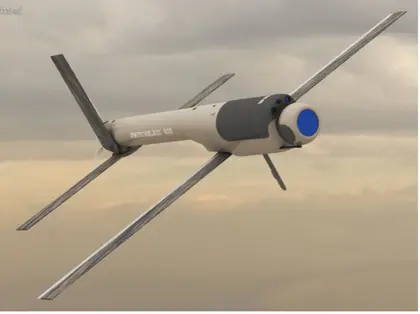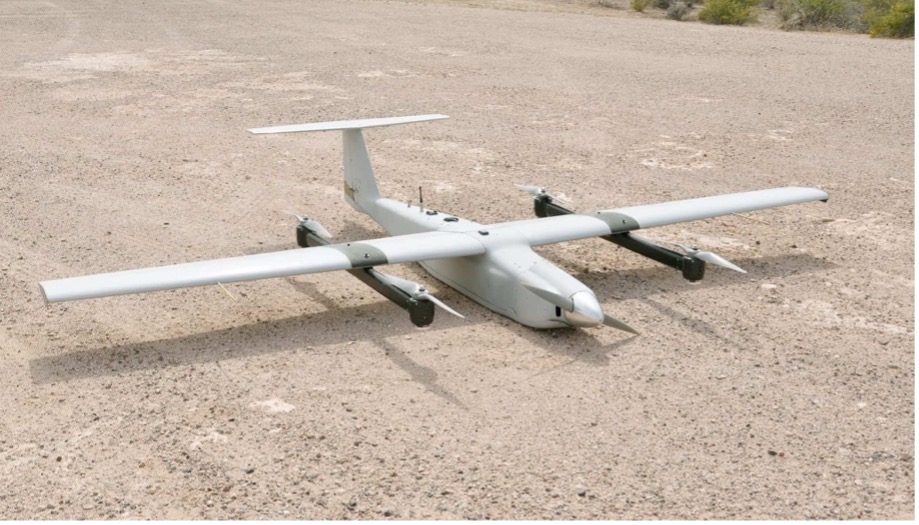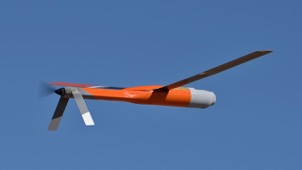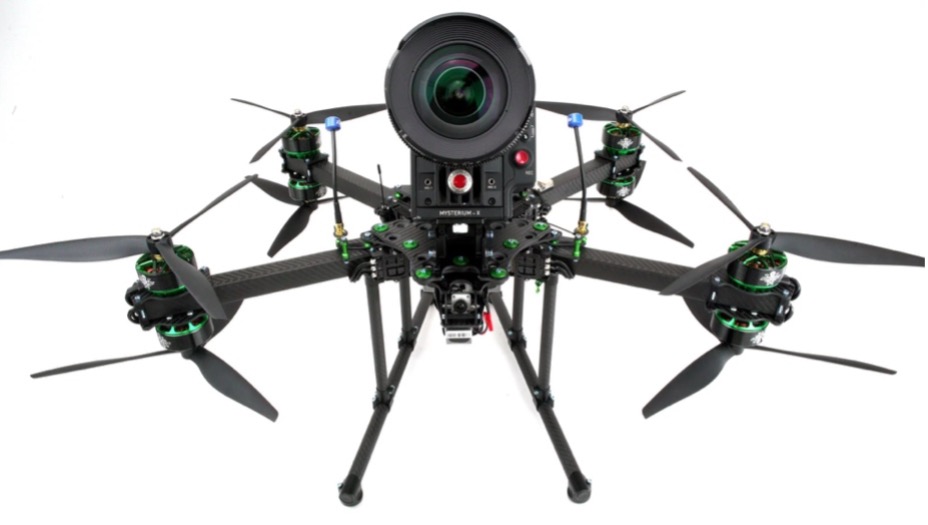Ukraine is to further reinforce its proven drone capability through the acquisition of newer, sophisticated types of UAV.
The funds for this will come from the $2 billion U.S. Ukraine Security Assistance Initiative (USAI) funds, which were announced by the U.S. State Department on 24 February.
JOIN US ON TELEGRAM
Follow our coverage of the war on the @Kyivpost_official.
USAI allows Ukraine to make direct purchase of military equipment unlike Presidential Drawdowns, which involve the transfer of weapons and ammunition directly from US military stocks.
The intention to further expand and develop Ukraine’s use of UAV was indicated by the Ukrainian Defense Minister, Oleksii Reznikov, in a Facebook post made earlier in the year. “In 2023, we are increasing the purchases of UAVs for the Ukrainian Armed Forces. This is just the beginning. This is not only about the needs of aerial reconnaissance.”
He went on to say that this would strengthen the Ukrainian military’s combat drone capability by using new UAV for surveillance, to provide targets for artillery units, directly attack Russian armor and in support of other missions.
These acquisitions of new drones will not only significantly enhance Ukraine’s current surveillance capability but also the ability to carry out precision strikes against Russian armor, troop formations, command and control as well as logistic centers.
Which UAVs will Ukraine Buy?
It was reported in the U.S. Air & Space Forces Association magazine that Ukraine was to receive four new systems; the Switchblade 600, the Jump 20, the Altius-600, and the CyberLux K8.

Poland Scrambles Jets During Russia’s Missile Attack on Ukraine
The Switchblade 600
The Switchblade 600, manufactured by AeroVironment, is an enhanced version of the Switchblade 300 loitering munition that Ukraine already has in its armory. It is a man-portable tube-launched kamikaze drone that is able to carry a similar warhead to that of the Javelin Anti-Tank Guided Missile (ATGM), which was used with much success in Ukraine.
It has a range of over 40 kilometers with a loitering endurance of around 40 minutes. Once a target is identified the drone attacks it and is destroyed. It considered ideal for taking out Russian tanks, artillery, command posts and air defenses.
The AeroVironment Jump 20
The Jump 20 is an unusual vertical take-off tactical reconnaissance UAV, also manufactured by AeroVironment. It has an endurance of 14 hours with a range of over 150 kilometers and is intended as a long-endurance observation platform. It’s conventional fixed wing and front propeller design is augmented by smaller, vertically-mounted propellers that eliminate the need for runways. The range and flight time of the Jump 20 will provide intelligence for HIMARS, the new Ground Launched Small Diameter Bomb and other long-range weapons allowing Ukraine to hit targets further behind the front line.
The Altius 600
Altius is an acronym for the Air-Launched, Tube-Integrated, Unmanned System. The Altius-600 is a small drone with a range of almost 400 kilometers. Its manufacturer is the Anduril defense group, which promotes the UAV as a modular system with a nose cone that can be fitted with a range of sensors or payloads. The drone is tube-launched and recoverable. The U.S. Army has tested the system in multiple forms, including ground and helicopter launched both singly and in swarms. It been tested as an electronic warfare platform. And the manufacturer claims that has recently added a loitering munitions capability to the platform. It is not yet clear which payloads will be provided to Ukraine.
The Cyberlux K8
The fourth new drone is the CyberLux K8 for which little public information is currently available. It is produced by Cyberlux Corporation which has previously specialized in quadcopters for use in the movie and TV industries. While it has recently announced that it is providing military and law enforcement platforms it has kept these areas of its business strictly under wraps. Based on their known designs it is anticipated that the K8 is likely to be a tactical quadcopter with a significant payload as a new addition to Ukraine’s multi-copter “heavy bomber fleet”.
Why UAV Drones?
While efforts to provide fighter aircraft to Ukraine remain stalled, those constraints do not seem to apply to advanced UAV. Caitlin Lee, senior fellow for UAV and autonomy studies at AFA’s Mitchell Institute for Aerospace Studies, said “I think what you’re seeing is the U.S. building on the success of smaller drones in Ukraine and leveraging that as much as possible in the absence of the ability to send a larger aircraft, manned or unmanned, into the battle”
At a press briefing on 24 February, when Pentagon Press Secretary Brigadier General Patrick S. Ryder said that unmanned systems are now “part of the modern way of warfare. I think it’s become apparent to everyone especially in this [the Ukraine] conflict, the significant impact that drones have.”
In many ways the conflict in Ukraine has proved to be a critical test bed for a range of new weapons technology, not least UAVs. The international view reinforces the views expressed by Minister Resnikov that modern UAV will be an indispensable “force multiplier” for Ukraine as it combats Russian aggression into this second year of war.
You can also highlight the text and press Ctrl + Enter













